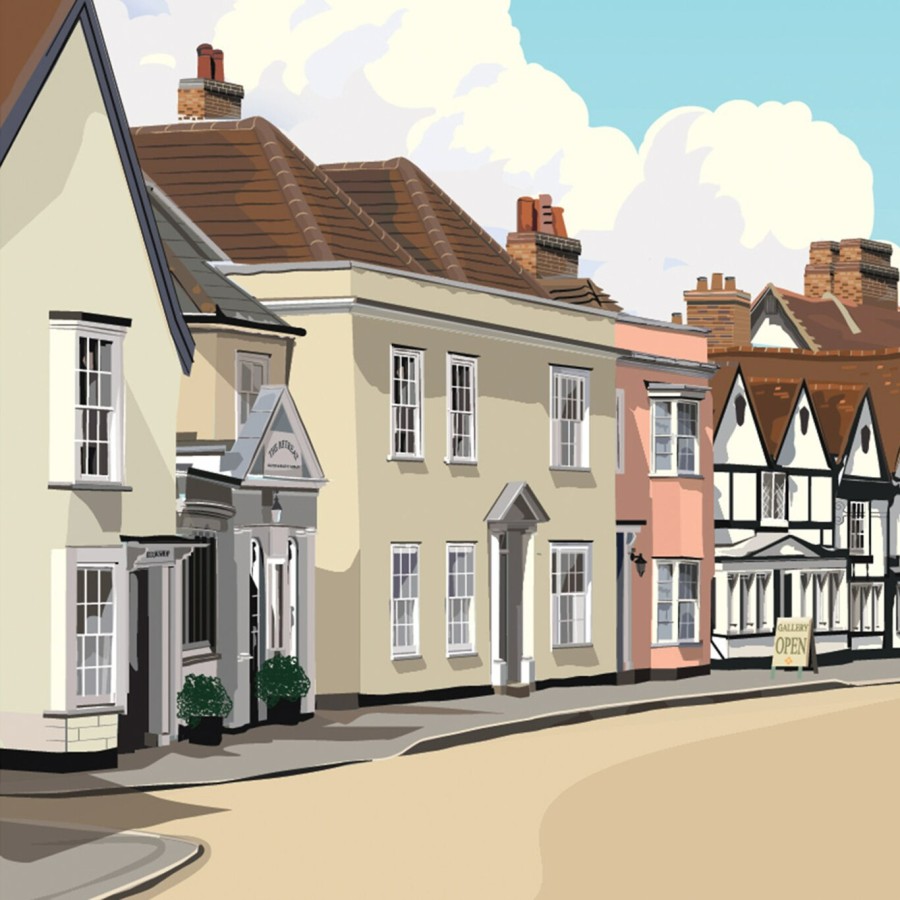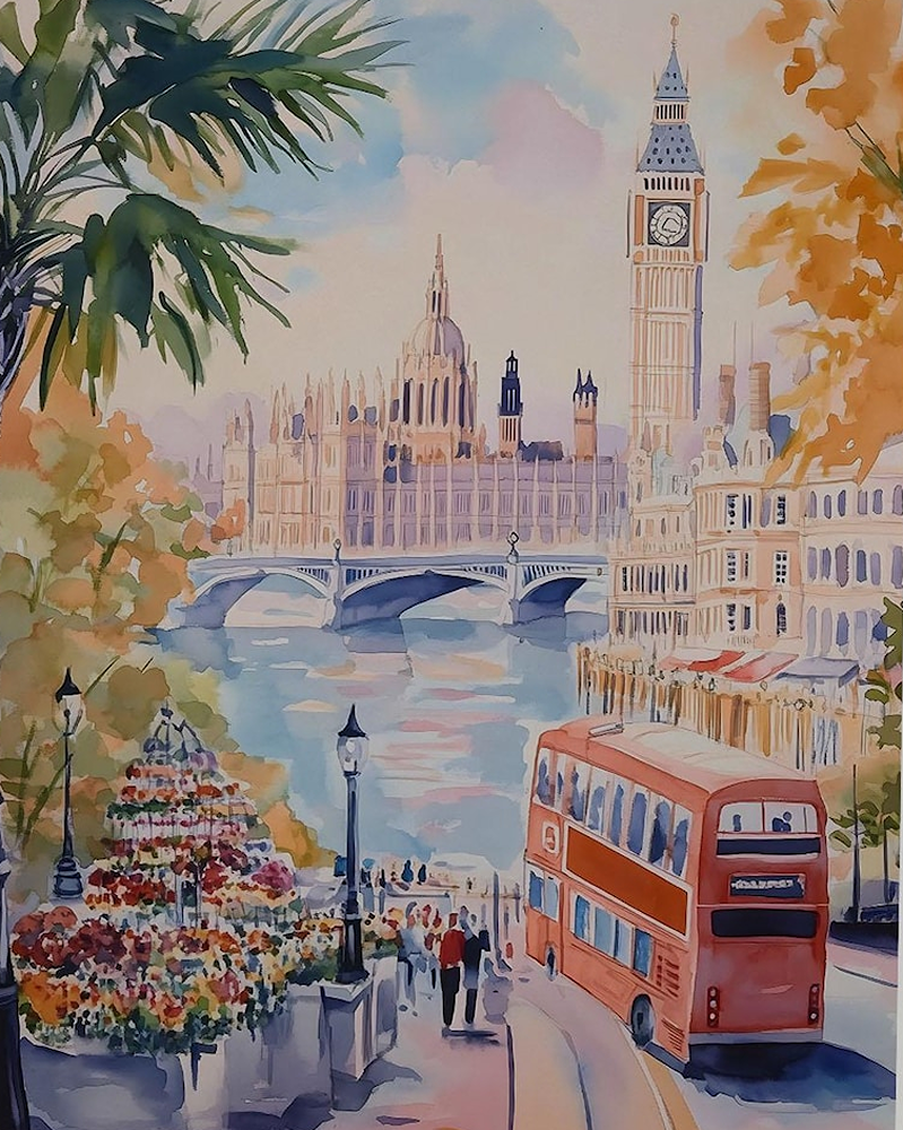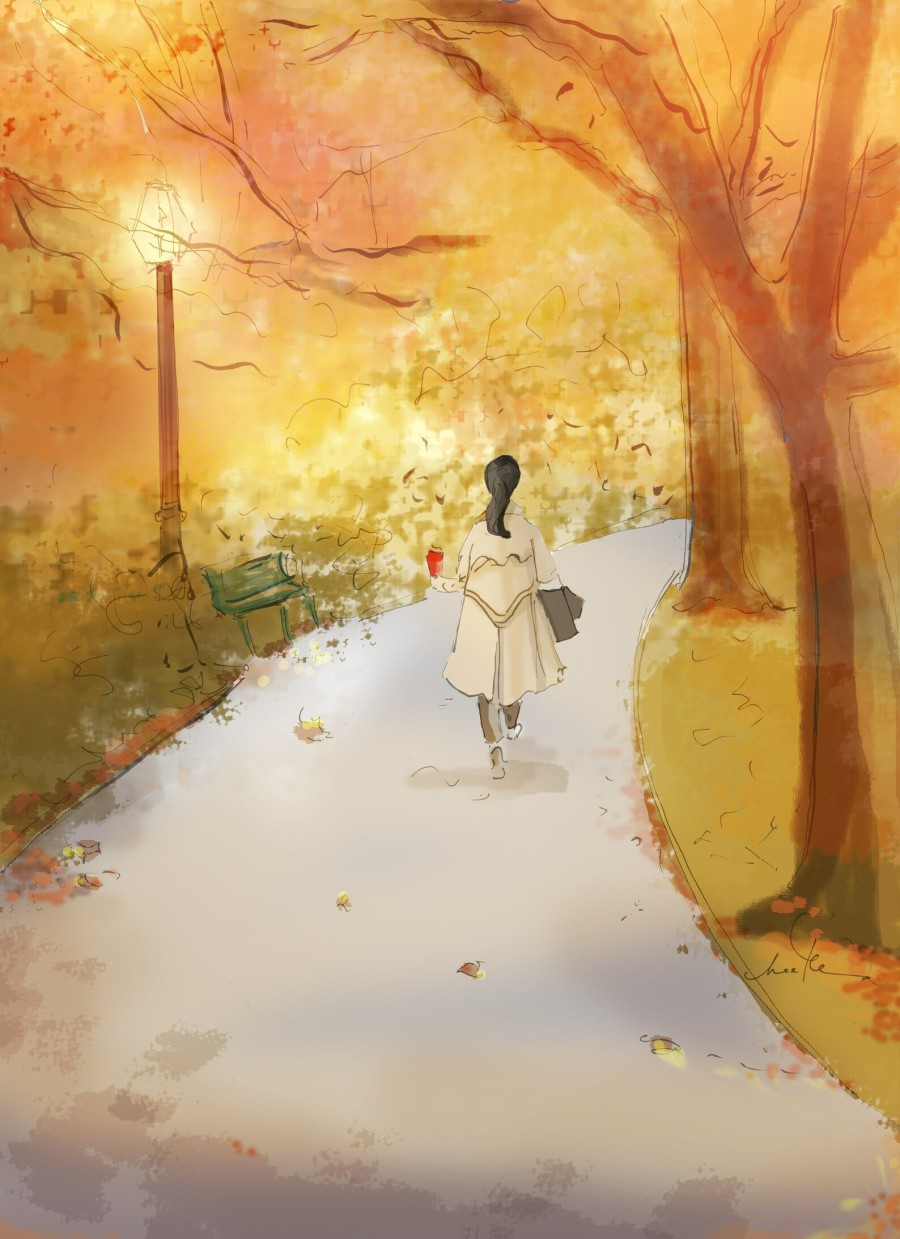London City (an urban forest with 9 million trees)
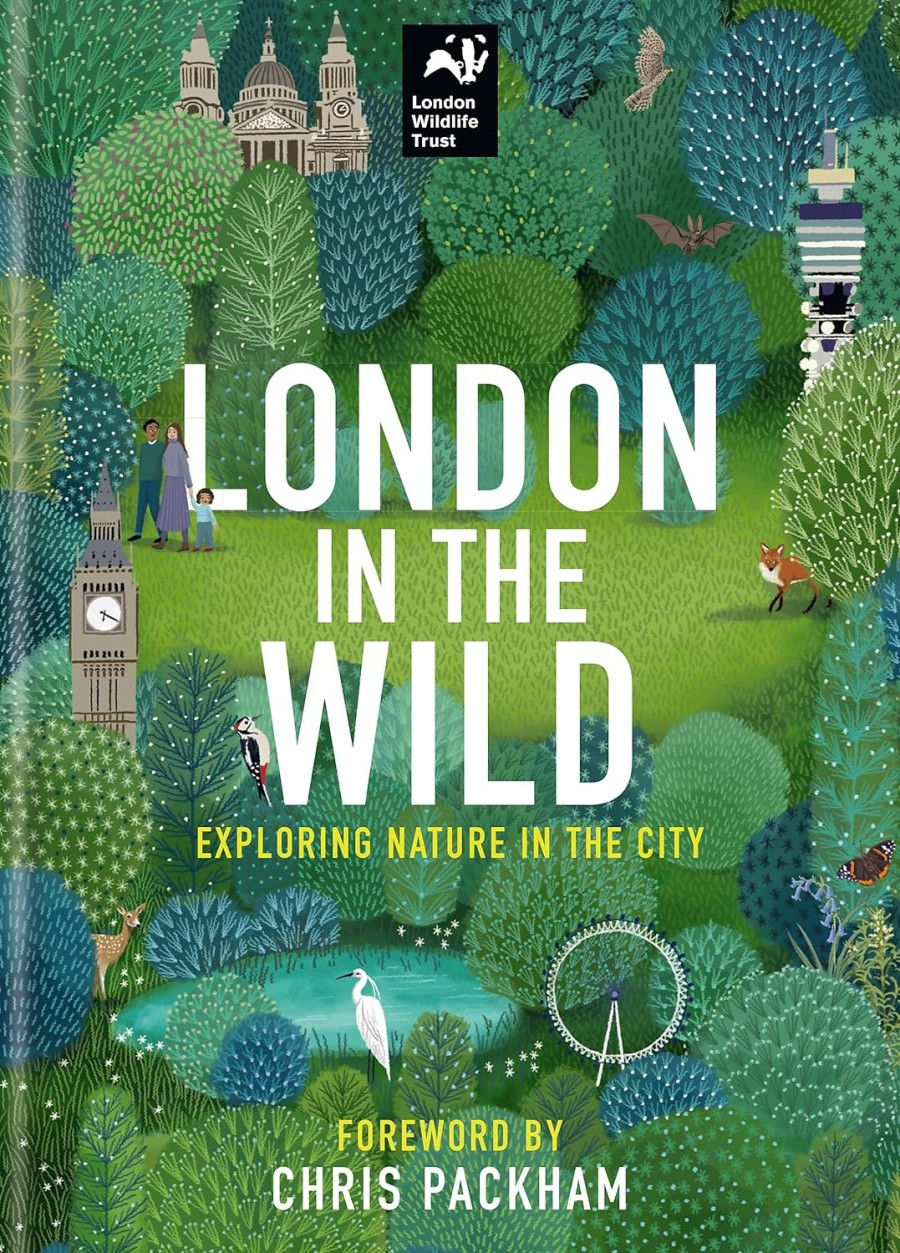
London in the Wild is a guide to a city teeming with over 15,000 species of flora, fungi and fauna (marsh frogs, hedgehogs, short-eared owls, dragonflies, foxes, stag beetles and pigeons!) You’ll even learn about the day-to-day life of a London tube mouse! London also has over 800km of surface railway lines, which provide habitats and food for wildlife.
Read our posts on birds and native wildlife (plus how to help your local wildlife rescue). Reducing light pollution (especially in glass buildings) can help stop birds flying into windows.
Only cut and prune vegetation from September to February, outside of breeding periods. This is to help nesting birds that are protected by law (it’s a crime to harm a nest).
- Local wildlife rescues or rehabilitators
- London Wildlife Protection (for birds) and Moonstone Rescue (for all creatures)
- Report wildlife crime to the National Wildlife Crime Unit (or anonymously at Crimestoppers).
London Wildlife Trust has over 1000 volunteers who manage 36 free-to-access nature reserves (you can get married there, with profits helping local creatures). It’s also helping to transform London’s 3 million gardens into mini-nature reserves.
Record your sightings to help them monitor welfare and numbers of:
- Deer
- Dragonflies and damselflies
- Hedgehogs
- Owls and kestrels
- Glow worms
- Stag beetles
- Water voles
Ring-necked parakeets live wild in London, due to escaping from the pet industry. Native to Africa and southern Asia, they nest in tree holes in gardens and parks, and can roost in noisy flocks, eating nuts, seeds, berries and fruits.
The History of London’s Trafalgar Square

Trafalgar Square is home to the stone lions and Nelson’s Column. Each year, a gifted tree arrives from Oslo, to thank for help during World War II. Some say rather than shipping it across the North Sea to Felixstowe, it would be better to grow and replant a local tree.
Trafalgar Square is also home to England’s smallest police station. As the square has often been used for peaceful protests, the station housed a discreet police officer, who could quickly call Scotland Yard for help, if protests got out of hand.
How to Help London’s Feral Pigeons
Trafalgar Square was also home to thousands of feral pigeons, until people were banned from feeding them. Although it’s good to let wildlife find their own food, sudden stops could cause dependent birds to starve.
So councils should have worked with pigeon experts, rather than send in haws that sometimes ripe birds apart, in front of terrified children.
London Pigeon Rescue is a volunteer organisation that people can contact, if they find pigeons with limps, missing toes or mangled feet, due to human hair, strands of cotton or materials getting caught and wrapped around their feet, which cuts off circulation.
Londoners (and visitors) can help by picking up and binning clumps of hair, bits of string or other threads. If you contact them, include the exact location and time, and ideally photos and videos of the pigeon and its feet.
Pigeon Recovery has info on how to help rescue injured pigeons (set up an account at easyfundraising then it earns funds from things you buy, at no cost to you as the company donates a portion of sales).
Covent Garden London Market (once owned by monks)
Covent Garden is known for its flowers and mime artists, but used to be owned by the monks of Westminster Abbey. The market building still houses pineapple-shaped lamps, due to being the first place you could buy tropical fruits, back in the day.
If buying or selling flowers, know toxic flowers to avoid near pets. Avoid displaying foliage near gardens, to help stop bird strike.
The monks lost the garden after property was seized during Henry VIII’s Reformation (when he replaced himself as head of the church over Rome’s Catholic Pope).
Here you’ll also find Drury Lane (London’s oldest theatre) and Royal Opera House (students at the Royal Ballet School can reach it over the concertina-like Bridge of Aspiration).
Other districts in the City of Westminster are:
- Soho was originally for aristocrats, but today is more for other professions (back in 1854, the area was hit with a bad outbreak of cholera).
- St James (home to a park, and handmade shirts for rich gentlemen).
- Victoria was built to ferry people from London to Chatham or Brighton (a major holiday destination).
- Knightsbridge (shared with Kensington) is home to Harrods (singer Leona Lewis declined the offer of turning on the Christmas lights, due to it selling fur).
- Green spaces include Green Park, Kensington Gardens and Hyde Park (home to an IRA bombing that killed not just humans, but 7 innocent horses).
Tower Bridge: A Magnificent Victorian Structure
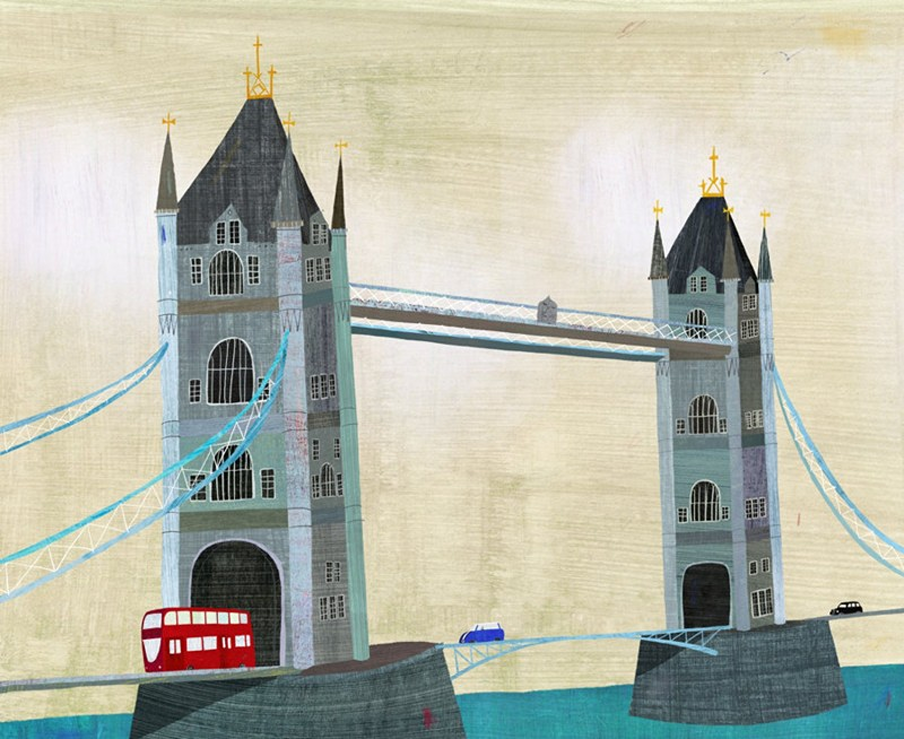
Tower Bridge is a suspension bridge built in the late 1800s, to give people better access to the East End. Often confused with London Bridge (half a mile away), the urban (denied) legend is that an American (who bought a bridge to put in Arizona) bought the wrong one!
The bridge was originally built to allow ships to pass underneath, while letting walkers and cars pass overhead. It took almost 8 years to build and almost 500 workers.
Even today the bridge still opens for ships to pass. And visitors can watch all the action through the famed thick glass floors. Braille booklets are available for blind people to also enjoy all the action.
England’s Own Version of the Film ‘Speed!
In 1952, a double-decker bus began to slide, as the bridge accidentally opened.
Driver Albert Gunter saved everyone’s lives by making a split-second decision to accelerate to clear the opening gap (a bit like in the film Speed when the road wasn’t built). There were no serious injuries and to reward his bravery, he was awarded the princely sum of £10!
Next Door to the Tower of London

Designed to blend in beautifully with the nearby Tower of London (just 6 minutes walk away), Tower Bridge is made from steel (11,000 tons of it!) then glad in Cornish granite and Portland stone.
The Tower of London is actually a castle, where the crown jewels and coronation robes are kept. It’s also home to the famed ravens who have their wings clipped to stop them flying off (though the tower claims this is to keep them safe and well-fed, as they have never lived in the wild).
Less common than smaller crows, ravens have metallic feathers and wedge-shaped tails, often flying upside-down for fun. Young ravens drop sticks mid-air, to fly and catch them.
Located in the London borough of Tower Hamlets, the palace become infamous for housing people who would meet a grisly end. From poor Anne Boleyn (beheaded by her husband Henry VIII) to spies executed during World War I.
The last person to be executed here (by firing squad) was a Luxembourg-born German spy, who was captured after parachuting into the UK during World War II.
Whitehall (a historic street in the city of London)
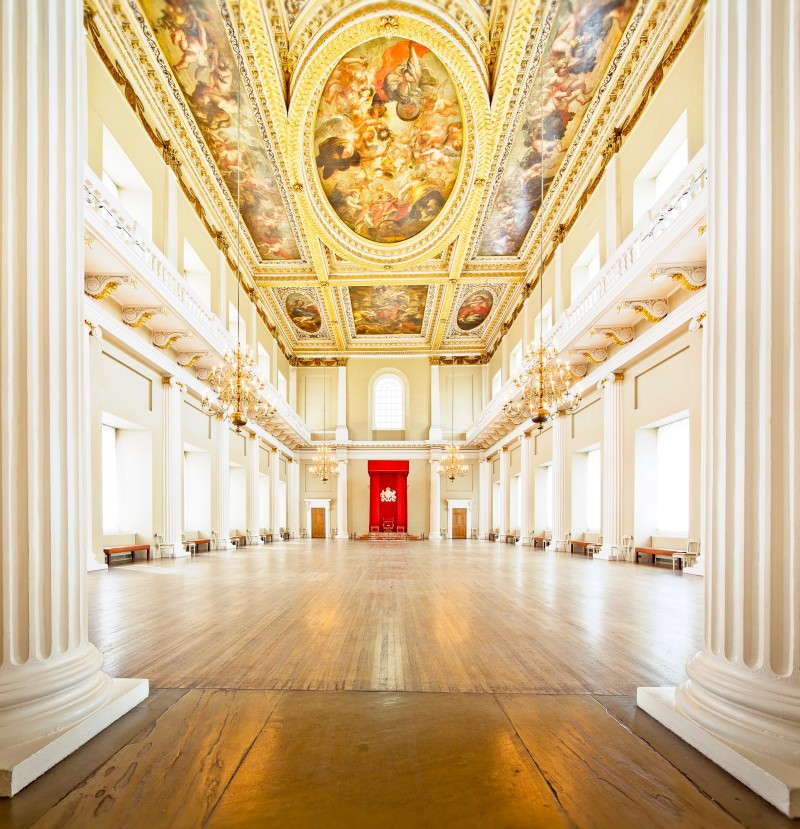
You may associate Whitehall with being the seat of government buildings (10 Downing Street branches off it). But this long road has a far richer history, and once was even home to a palace that was bigger than Versailles in Paris.
The palace was home to Henry VIII and once Europe’s largest residence, before a fire in 1698. Today the space is filled by the Cenotaph, the monument where people lay wreaths each year to remember veterans, on poppy day (thankfully now paper, not plastic – others choose to wear metal pins, including purple ones to remember animals lost in war).
The Banqueting House is the only part of the palace that remains, with Italianate architecture, which shocked local people back in the day with the unique Palladian building and double-cube room. It also has a gruesome history, being where Charles I was executed in 1649.
Today Whitehall is the term given to government buildings, where most of the pen-pushing takes place. Here you’ll find the Treasury and Foreign Office, along with the offices for ministers, civil servants, the Commonwealth and Development Office and Ministry of Defence.
Some critics would say that in a country where people are homeless, children are going without food and winter fuel allowances are being cut, some of the jobs could be cut. A quick look at the jobs site for the Cabinet Office includes one (paying around £50K a year) for a Tik Tok social media producer, to ‘engage with millions of people with information that affects their lives’.


